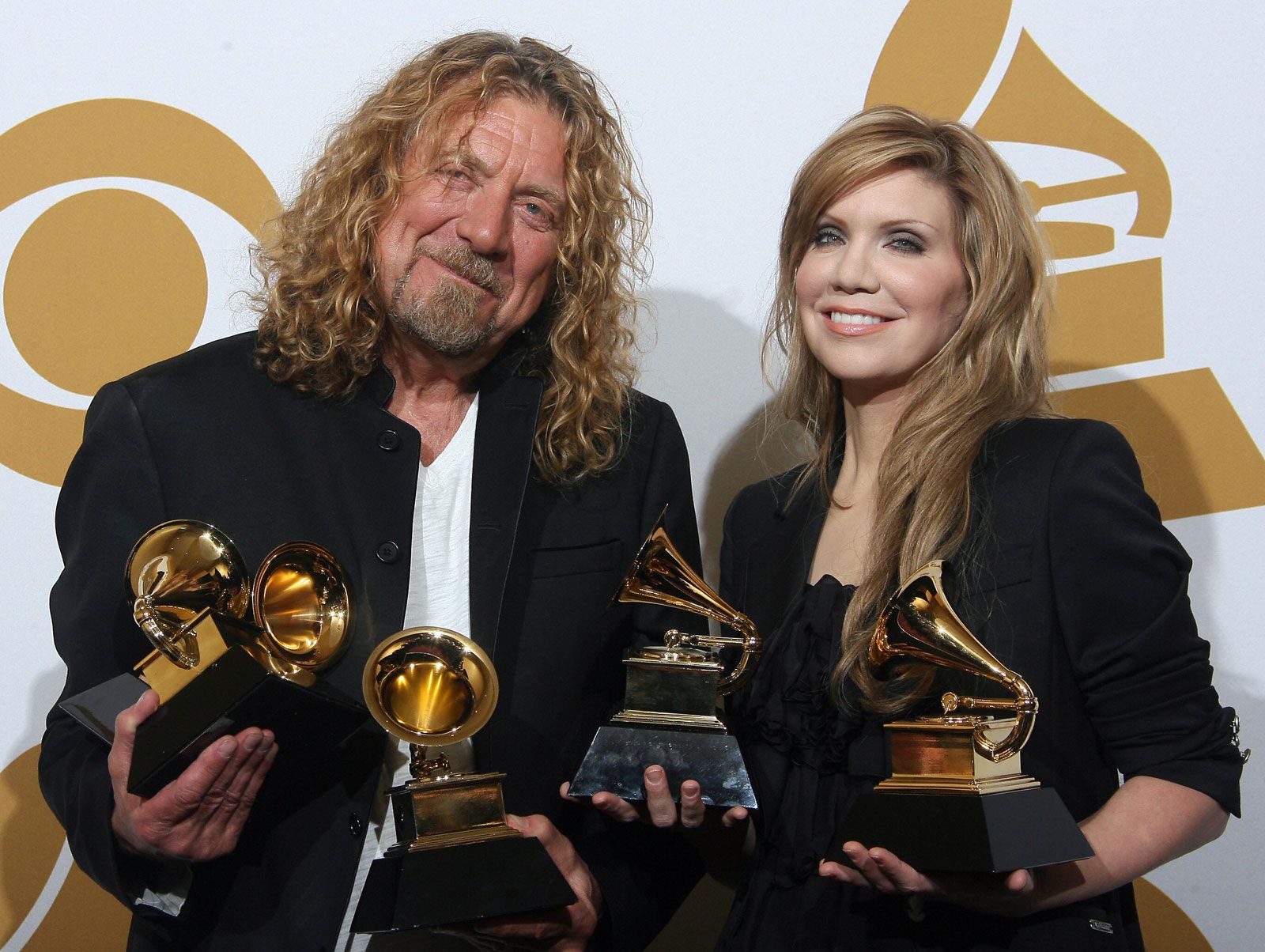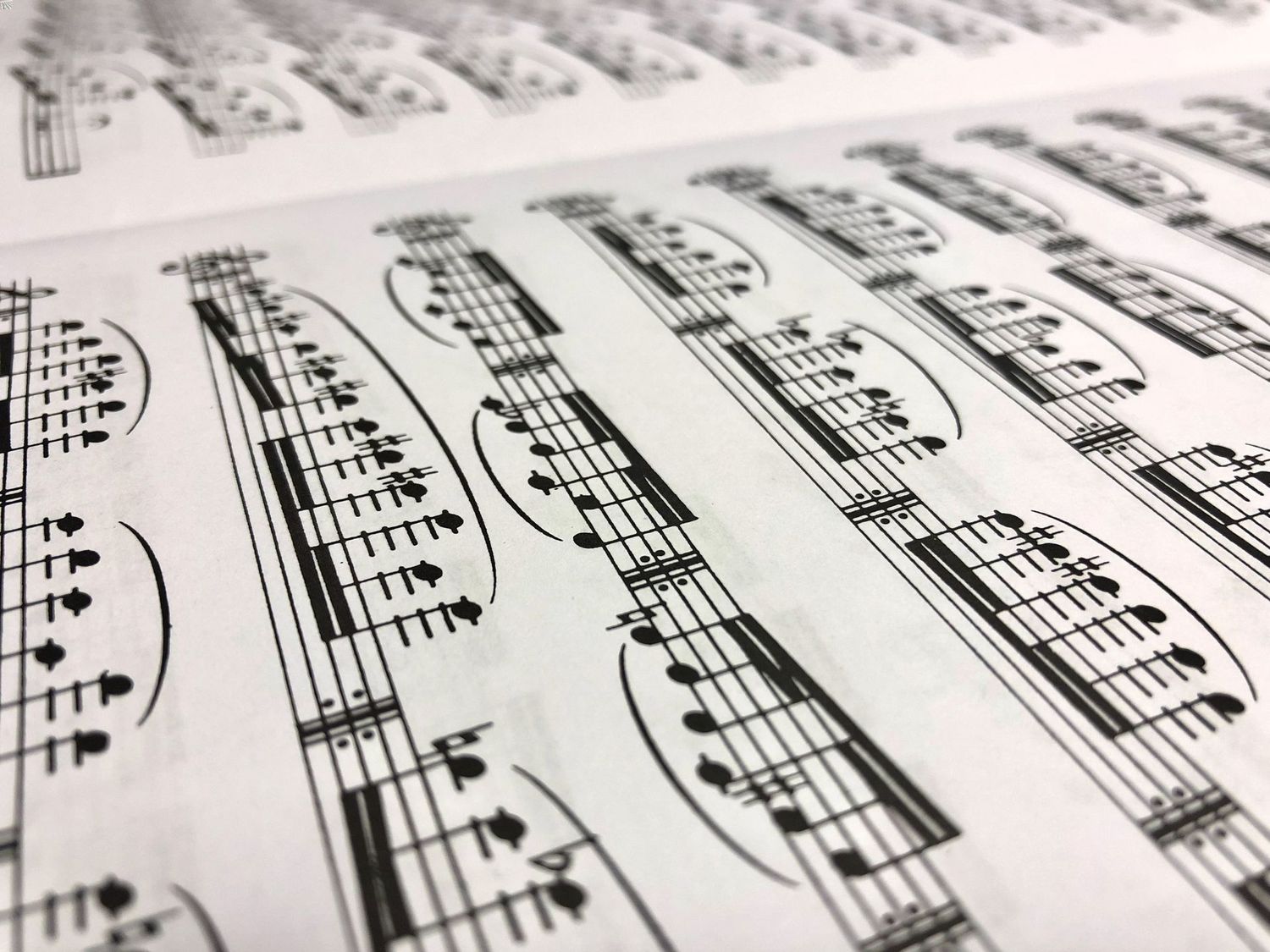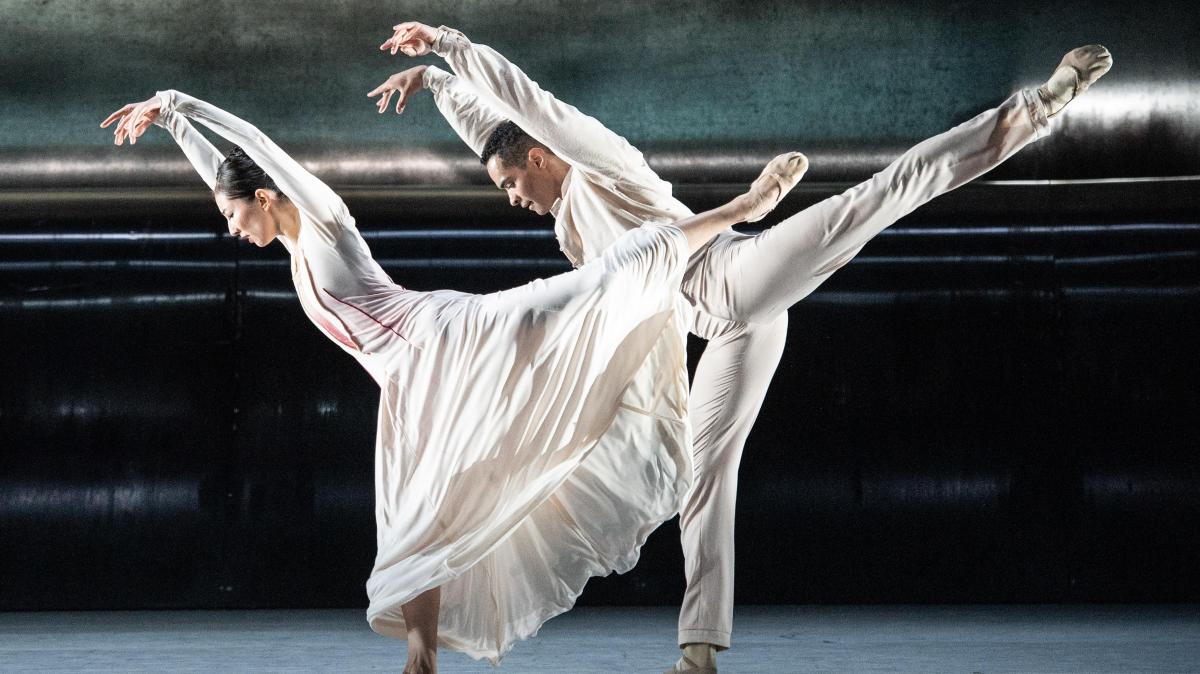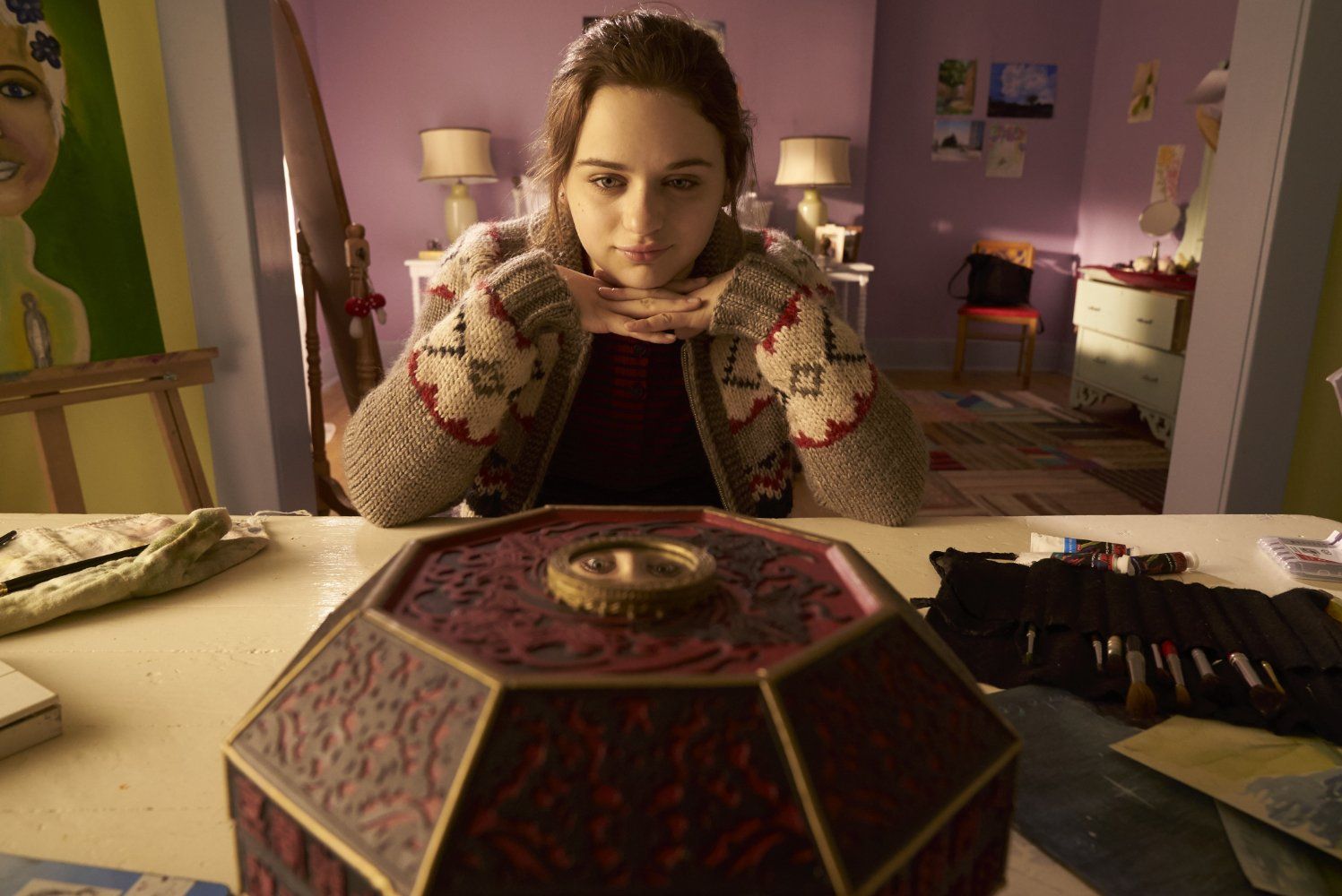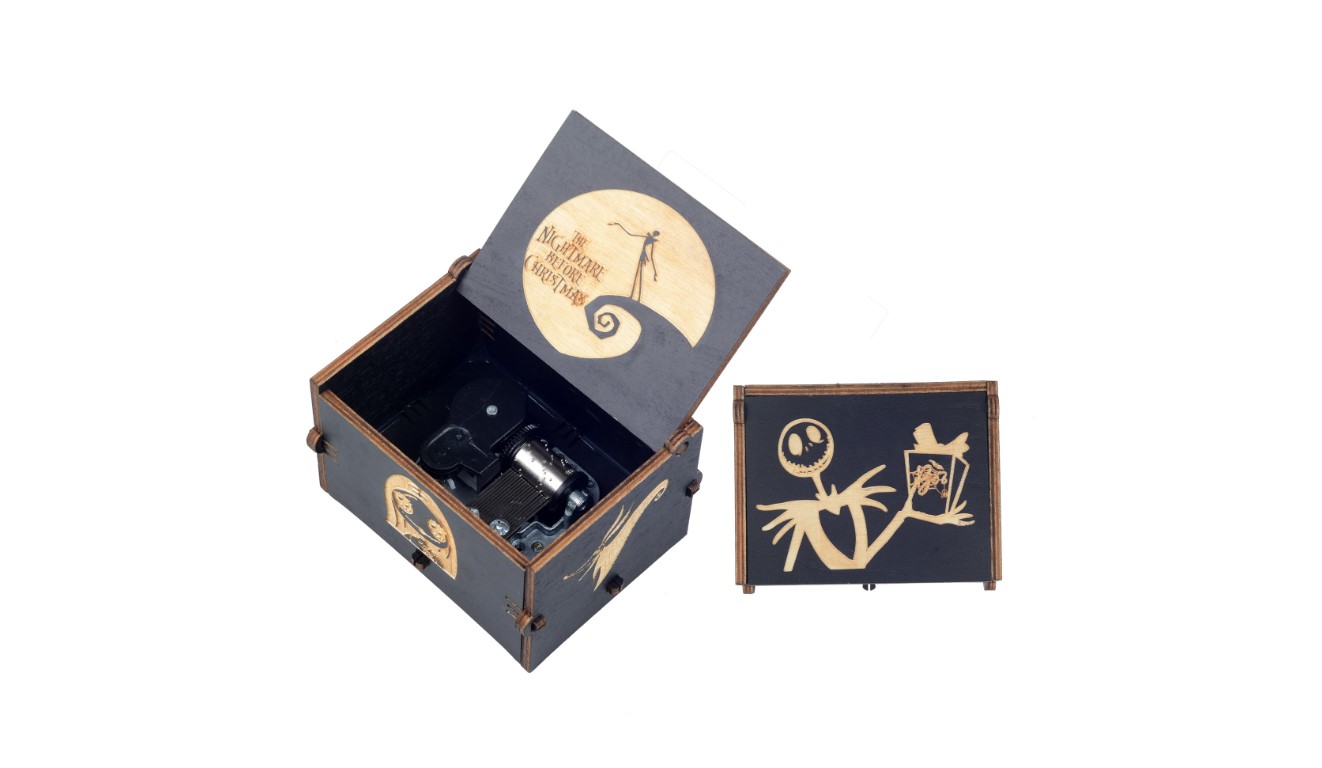Home>Production & Technology>Background Music>What Is Background Music In Movies Called
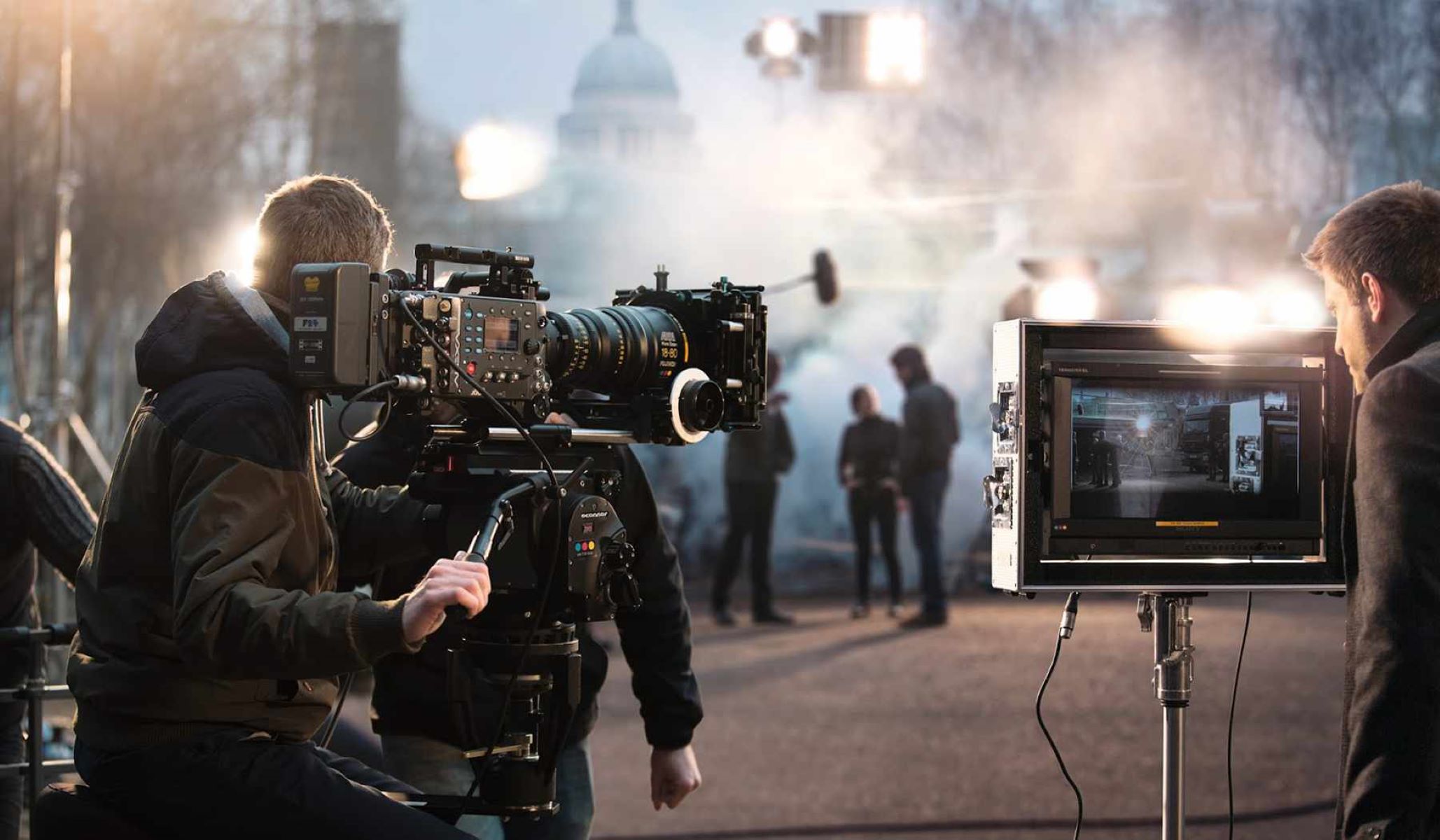

Background Music
What Is Background Music In Movies Called
Modified: January 22, 2024
Discover the captivating world of background music in movies and explore its profound impact on storytelling. Learn what this vital element is called and how it enhances the cinematic experience.
(Many of the links in this article redirect to a specific reviewed product. Your purchase of these products through affiliate links helps to generate commission for AudioLover.com, at no extra cost. Learn more)
Table of Contents
Introduction
In the world of movies, there are countless elements that come together to create a captivating and immersive experience for the audience. One such crucial element is background music. Often overlooked and underappreciated, background music plays a significant role in enhancing the overall emotional impact of a movie.
Background music in movies refers to the musical compositions and arrangements that accompany the visual scenes and dialogue. It serves as a sonic backdrop, subtly influencing the audience’s emotions, creating a specific ambiance, and heightening the overall impact of the story being told.
While the main purpose of background music is to support the narrative, it goes beyond just filling the silence. When used effectively, it can elevate the viewer’s experience, making them feel more connected to the storyline and the characters on screen.
From tense and suspenseful moments to heartwarming and emotional scenes, background music has the power to evoke a wide range of emotions. It can create a sense of anticipation, build tension, evoke nostalgia, or even bring tears to your eyes. It is this ability to influence the emotional response of the viewer that makes background music such a valuable tool in the world of movies.
Throughout the history of cinema, background music has played a crucial role in enhancing storytelling. Whether it’s the iconic theme of “Jaws” that instantly creates a sense of impending danger or the romantic melodies in “Titanic” that enhance the emotional connection between the characters, the impact of background music in movies should not be underestimated.
So, in this article, we will explore the importance of background music in movies, examine the different types of background music, delve into the techniques used in incorporating it, and discuss some examples of successful use in films. Let’s dive deeper into the world of background music and discover its power to captivate and move audiences.
Definition of Background Music in Movies
Background music in movies, also known as film score or film soundtrack, refers to the musical compositions and arrangements that accompany the visual scenes and dialogue in a film. It is specifically created to enhance the emotional impact of the story, create a specific atmosphere, and heighten the overall cinematic experience for the audience.
The primary purpose of background music is to support and enhance the narrative, reinforcing the emotions and moods depicted on screen. It fills the gaps between dialogue, adds depth to the scenes, and provides a layer of artistry that completes the sensory experience of watching a film.
Unlike source music, which is music that originates from within the scene itself (such as a character playing a song on a radio), background music is composed separately from the film and is added during the post-production stage. It is carefully crafted to complement the visuals and amplify the desired emotional responses, making it an integral part of the filmmaking process.
Background music in movies can take a variety of forms, including orchestral compositions, electronic soundscapes, popular songs, or a combination of different musical genres. The choice of music depends on the genre, narrative tone, and intended effect of the film.
It is important to note that background music should not overpower the visuals or dialogue. It should seamlessly blend into the film, creating a harmonious fusion of audio and visual elements. The balance between sound and silence is crucial, as even the absence of music can be a powerful tool in creating tension and suspense.
Overall, background music in movies serves as an invisible force that enhances the storytelling, heightens emotions, and immerses the audience into the world being portrayed on screen. It plays a crucial role in setting the mood, guiding the viewer’s emotional journey, and bringing depth and richness to the cinematic experience.
Importance of Background Music in Movies
Background music is an indispensable element in the world of movies, playing a pivotal role in enhancing the overall viewing experience. Here are some key reasons why background music is important in movies:
- Elevates Emotional Impact: One of the primary functions of background music is to evoke and heighten emotions. It adds depth to the scenes, intensifies the atmosphere, and helps establish a connection between the audience and the characters on screen. Whether it’s creating suspense, evoking nostalgia, or tugging at heartstrings, background music has a remarkable ability to enhance the emotional impact of a film.
- Sets the Mood and Tone: Background music sets the mood and tone of a movie, creating a specific ambiance that resonates with the narrative. It can create a sense of foreboding in a horror film, uplift spirits in a romantic comedy, or evoke a sense of wonder in a fantasy adventure. The right choice of music can transport the audience into the world of the film, enhancing their engagement and immersion.
- Guides Narrative Flow: Background music serves as a guiding force, leading the viewer through the story’s narrative flow. It helps to pace the film, signaling transitions between scenes, building tension, and heightening key moments. It acts as an invisible thread, seamlessly connecting different elements of the plot and enhancing the storytelling process.
- Enhances Cinematic Aesthetics: Background music adds an additional layer of artistry to the visual elements of a film. It enriches the cinematography, editing, and overall production values, creating a more immersive and captivating experience. The right composition can elevate the visual impact, enhancing the overall aesthetics of a movie.
- Improves Audience Engagement: Background music plays a crucial role in capturing and maintaining audience attention. It helps to sustain interest and engagement, preventing viewers from becoming passive observers. Well-crafted music can evoke strong emotional responses, keeping the audience invested in the storyline and characters.
By leveraging the power of background music, filmmakers can create a multi-dimensional experience that leaves a lasting impression on the audience. It serves as an invisible companion that amplifies the narrative’s impact, creates an emotional connection, and enhances the overall cinematic journey.
Role of Background Music in Enhancing Emotions
Background music in movies plays a vital role in evoking and enhancing emotions. Here are some ways in which it accomplishes this:
- Establishing Atmosphere: Background music sets the tone and creates the atmosphere for a scene. From ominous and suspenseful melodies in a thriller to light and whimsical tunes in a comedy, music helps to establish the desired emotional backdrop, preparing the audience for what is to come.
- Conveying Emotions: Background music has the remarkable ability to convey and amplify specific emotions. It can bring sadness, joy, excitement, fear, or love to life in a way that words alone cannot. By using different musical elements, such as tempo, instrumentation, and dynamics, composers can beautifully capture and express a wide range of emotions.
- Building Tension and Suspense: Background music can significantly contribute to building tension and suspense in a film. The use of ominous chords, escalating rhythms, and dissonant harmonies can create a sense of unease and anticipation, heightening the audience’s engagement. It keeps the viewers on the edge of their seats, intensifying the emotional impact of pivotal moments or thrilling sequences.
- Enhancing Dramatic Impact: Well-placed background music can enhance the dramatic impact of crucial scenes. It can amplify the emotional intensity of a climactic moment, evoke empathy for a character’s struggles, or emphasize the weight of a pivotal decision. The right musical choice at the right moment can make a scene unforgettable and deeply resonant.
- Creating Emotional Transitions: Background music helps to smoothly transition between different emotional states within a film. It can seamlessly guide the audience from moments of tension to moments of relief, from sorrow to triumph, or from anticipation to resolution. These emotional transitions add depth and complexity to the storytelling, keeping the audience engaged and emotionally invested throughout the movie.
Background music acts as a powerful emotional conduit in movies, allowing filmmakers to communicate and evoke emotions in a direct and profound way. It provides a sonic foundation that enhances the audience’s emotional journey, enabling them to connect more deeply with the characters and the story being portrayed.
Types of Background Music in Movies
Background music in movies encompasses a wide range of musical styles and genres. Here are some common types of background music:
- Orchestral Scores: Orchestral scores are a popular choice for many film genres, including epic dramas, fantasy films, and action-packed blockbusters. These scores involve the use of a symphony orchestra, with instruments such as strings, brass, woodwinds, and percussion, to create grand and sweeping compositions. The rich, dynamic sound of an orchestra adds depth and intensity to the visuals, enhancing the emotional impact of the film.
- Electronic Soundscapes: Electronic music, with its ability to create unique and atmospheric sounds, is often used in science fiction, futuristic, or avant-garde films. These scores rely on synthesizers, electronic beats, and sound effects to create otherworldly, immersive soundscapes that perfectly complement the futuristic visuals on screen. Electronic music can range from ambient, ethereal tones to high-energy, pulsating rhythms.
- Pop and Contemporary Tracks: Incorporating popular songs and contemporary tracks into a movie can add a modern and relatable feel. These songs are carefully chosen to enhance specific scenes or to reflect the emotions and experiences of the characters. Pop and contemporary tracks can range from catchy and upbeat tunes to heartfelt ballads, depending on the mood and tone of the film.
- Genre-specific Music: Different film genres often have specific musical conventions associated with them. For example, a horror movie might utilize eerie and dissonant music to create a sense of unease and suspense, while a romantic comedy might rely on light-hearted and romantic melodies. Genre-specific music helps to establish the expected emotional response from the audience and enhances the overall viewing experience.
- Theme Songs and Leitmotifs: Theme songs and leitmotifs are recurring musical motifs associated with specific characters, locations, or themes in a film series. These musical elements create a sense of familiarity and help to establish a strong emotional connection between the audience and the story. They can evoke nostalgia, excitement, or even serve as a musical identifier for a particular film franchise.
These are just a few examples of the types of background music used in movies. Filmmakers often combine different musical styles and techniques to create a unique and effective sonic landscape that enhances the storytelling and resonates with the audience.
Techniques Used in Incorporating Background Music in Movies
The incorporation of background music in movies involves careful planning, collaboration, and a variety of techniques to ensure it seamlessly enhances the cinematic experience. Here are some common techniques used:
- Spotting: Spotting is the process of determining where and when music should be placed in a film. The director, composer, and other key members of the filmmaking team work together to identify the specific scenes or moments that would benefit from background music. Spotting sessions help establish the emotional beats and cues that the music should enhance or support.
- Temp Tracks: Temp tracks are temporary music placements used during the editing process to help guide the filmmaker’s vision and tone. These placeholder tracks, often sourced from existing soundtracks or music libraries, give the composer a reference point for understanding the style and mood desired for each scene. Temp tracks provide a valuable starting point for discussions and collaboration between the composer and the filmmaker.
- Custom Composition: Once the spotting and temp track stages are complete, the composer begins the process of creating the custom background score. They work closely with the director to understand the desired emotional impact and storytelling objectives. The composer then crafts original music that aligns with the narrative and enhances the intended mood and atmosphere of the film.
- Syncing to Visual Cues: Background music is intricately synced to visual cues in a film. It is composed and arranged to align with specific actions, dialogue, or key visual moments. This synchronization helps to highlight the emotional beats, accentuate dramatic elements, and enhance the overall impact of the scene.
- Dynamic Mixing: Dynamic mixing involves adjusting the volume and intensity of the background music in relation to other audio elements, such as dialogue and sound effects. It ensures that the music doesn’t overpower the dialogue while still maintaining its desired impact. The mixing process aims to strike a perfect balance, allowing the music to enhance the emotional experience without overshadowing other important audio components.
- Leitmotif and Motivic Development: In certain films, composers may create leitmotifs or recurring musical themes associated with specific characters, locations, or ideas. These motifs can be developed and transformed throughout the film, appearing in various arrangements depending on the context. Leitmotifs help to establish a musical identity and enhance the audience’s emotional connection with elements of the story.
The techniques used in incorporating background music in movies vary depending on the filmmaker’s vision, the film’s genre, and the desired emotional impact. Ultimately, the goal is to create a seamless integration of music and visuals, enhancing the storytelling and providing a memorable cinematic experience.
Examples of Successful Use of Background Music in Movies
Throughout cinematic history, there have been numerous examples of successful utilization of background music to enhance the storytelling and emotional impact of a film. Here are a few noteworthy examples:
- Jaws (1975): One of the most iconic examples of background music’s influence on a film is John Williams’ score for “Jaws.” The repetitive two-note motif played by the deep strings instantly creates a sense of impending danger and suspense, heightening the audience’s fear and anticipation.
- Star Wars (1977): The epic orchestral score composed by John Williams for the “Star Wars” films has become synonymous with the franchise. The powerful and memorable themes, such as the “Main Title” and the “Imperial March,” not only enhance the action and adventure on screen but also evoke a sense of grandeur and awe.
- The Lord of the Rings trilogy (2001-2003): Howard Shore’s masterful composition for “The Lord of the Rings” trilogy perfectly complements the epic journey depicted in the films. The use of leitmotifs for the different characters and locations helps to create a rich and immersive world, adding emotional depth and enhancing the overall cinematic experience.
- Titanic (1997): James Horner’s haunting and beautiful score for “Titanic” contributes to the film’s emotional impact. The memorable theme, “My Heart Will Go On,” performed by Celine Dion, became synonymous with the film and added a layer of romance and longing, perfectly encapsulating the central love story.
- Inception (2010): Hans Zimmer’s score for “Inception” has become synonymous with suspenseful and mind-bending storytelling. The relentless and pulsating soundtrack, particularly the track “Time,” adds tension and intensity to the film’s complex dream world, immersing the audience further into the layered narrative.
- Psycho (1960): Alfred Hitchcock’s classic film “Psycho” revolutionized the use of background music in horror movies. Composer Bernard Herrmann’s screeching strings in the iconic shower scene have become synonymous with suspense and terror, leaving a lasting impact on both the film industry and audiences.
These examples highlight the incredible impact that well-crafted background music can have on a film. The carefully chosen melodies, motifs, and arrangements not only enhance the emotions and atmosphere of a scene but also become ingrained in the cultural consciousness, forever tied to the films they accompany.
Conclusion
Background music plays a significant role in movies, enhancing the emotional impact, setting the mood, and guiding the narrative flow. It is an invisible but powerful element that adds depth, richness, and engagement to the cinematic experience.
Throughout this article, we explored the definition of background music in movies and its importance in creating a captivating and immersive experience for the audience. We delved into the role of background music in enhancing emotions, discussing how it establishes atmosphere, conveys feelings, builds tension, and enhances dramatic impact.
We also examined the different types of background music found in movies, including orchestral scores, electronic soundscapes, pop and contemporary tracks, and genre-specific music. Each type serves a unique purpose, enriching the visuals and supporting the narrative in its own way.
Furthermore, we explored the techniques used in incorporating background music, such as spotting, temp tracks, custom composition, syncing to visual cues, dynamic mixing, and the use of leitmotifs. These techniques ensure that the music seamlessly integrates with the visuals, enhancing the storytelling and evoking the desired emotional responses from the audience.
Lastly, we discussed several examples of successful use of background music in movies, such as “Jaws,” “Star Wars,” “The Lord of the Rings,” “Titanic,” “Inception,” and “Psycho.” These examples illustrate the profound impact that a well-crafted and thoughtfully placed background score can have on a film, becoming deeply ingrained in our cinematic memories.
In conclusion, background music is a powerful and essential component of the filmmaking process. It enhances the emotional connection between the audience and the story, heightens the narrative impact, and elevates the overall cinematic experience. So, the next time you watch a movie, pay attention to the background music and appreciate its ability to transport you to different worlds and evoke a myriad of emotions.


